Mechanical and Digital Imaging
by Mark D. Sabatke
©(Copyrights 2007 and Copyrights pending)
Mechanical Illustration | 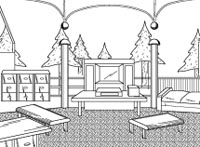 |
|
Technical Illustration | 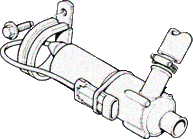 |
|
Medical and Scientific Illustration | 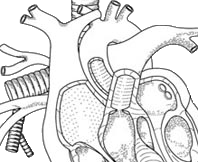 |
|
Patent Drafting | 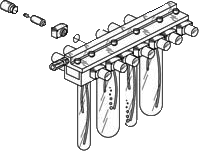 |
|
Computer Design and Illustration | 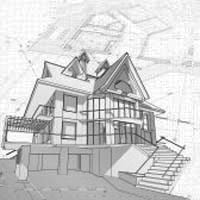 |
|
A Select List Of Clients  National Academy of Sciences National Academy of Sciences National Science Foundation National Science Foundation International Monetary Fund International Monetary Fund American Chemical Society American Chemical Society American Geophysics Union American Geophysics Union |

presented by:
Signature Studios
Mark D. Sabatke • 50 Summit Avenue, Room 409 • Hagerstown, Maryland 21740 • (301) 733-4363
Mark@SignatureStudios.com